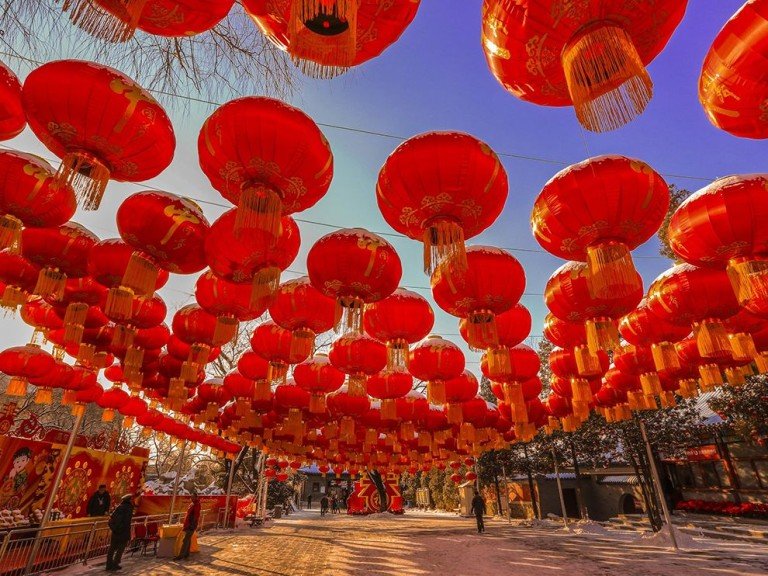What do you know about red bean porridge, or ‘patjuk’?
Made from boiled, softened red beans, water, and glutinous balls of rice, and sometimes eaten with honey, ‘Patjuk’ is a cold-weather treat traditionally consumed on winter solstice. Winter solstice in Korea is the shortest day of the year, called ‘Dongjinal’ in Korean.

Photo source: https://fromkoreawithlove.wordpress.com
In 2015, Dongjinal is set to be 5 hours and 12 minutes shorter than the summer solstice – or longest day of the year – back in June. From this day until June of 2016, the days will steadily get longer again. Spring is officially on its way!
Eating Patjuk on winter solstice is believed to drive away bad luck and evil spirits, and help ensure family members’ health and happiness over the next six months. The beans used to make the Patjuk eaten on winter solstice usually come from the recent fall harvest, so it is not only a ceremonial dish, but a practical one, too.
Although there are many variations on the story of the origins of this belief that Patjuk brings good luck, the most common is that of a mythical Chinese figure ‘Gong Gong’. According to ancient myth, Gong Gong had an evil son, who hated the popular red-bean porridge, Patjuk. Upon the evil son’s death, he became ‘God of Epidemics’, and began to inflict ill health and disease upon the people of earth. The only way to prevent Gong Gong’s evil son from causing harm to one’s family, was to ward him off by eating his least favorite food – Patjuk – on the day of winter solstice.
In China, red is also the color of good fortune, another reason why eating deep-red Patjuk was thought to bring luck and prosperity.

Patjuk is made by first boiling red beans, and mashing and straining them to remove the skins. The paste is then boiled with rice, before glutinous rice dumplings, called ‘sael sim’, meaning ‘bird eggs’ in Korea, are added. Sometimes, the Patjuk is eaten with honey to give it a sweeter taste. In the past, families would come together to make Patjuk. Enjoying the dish was a communal affair!
These days, Patjuk for many is a nostalgic food which brings back memories of cold winters past, when Koreans would eat the porridge not only for good luck, but for nourishment and warmth.
Why not try some Patjuk for yourself on Winter Solstice this year? Seoul’s Jogyesa Temple in Jongno, between Gwanghywamun and Anguk stations, serves free Patjuk to visitors on December 22nd. Enjoy!
